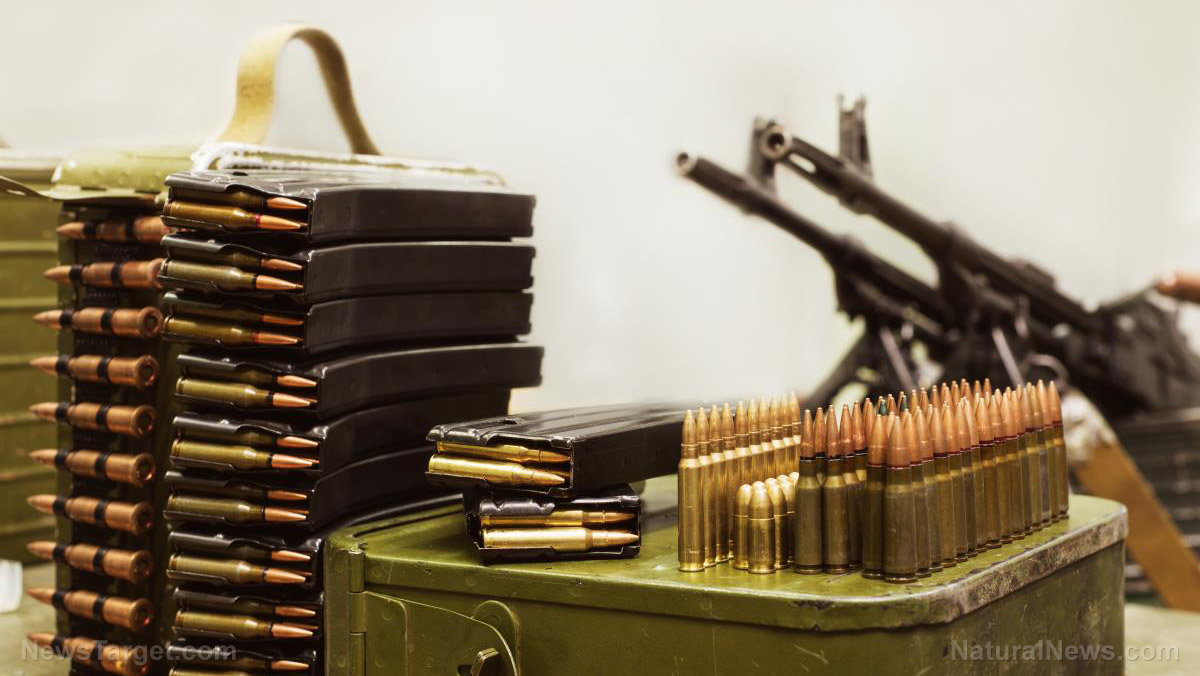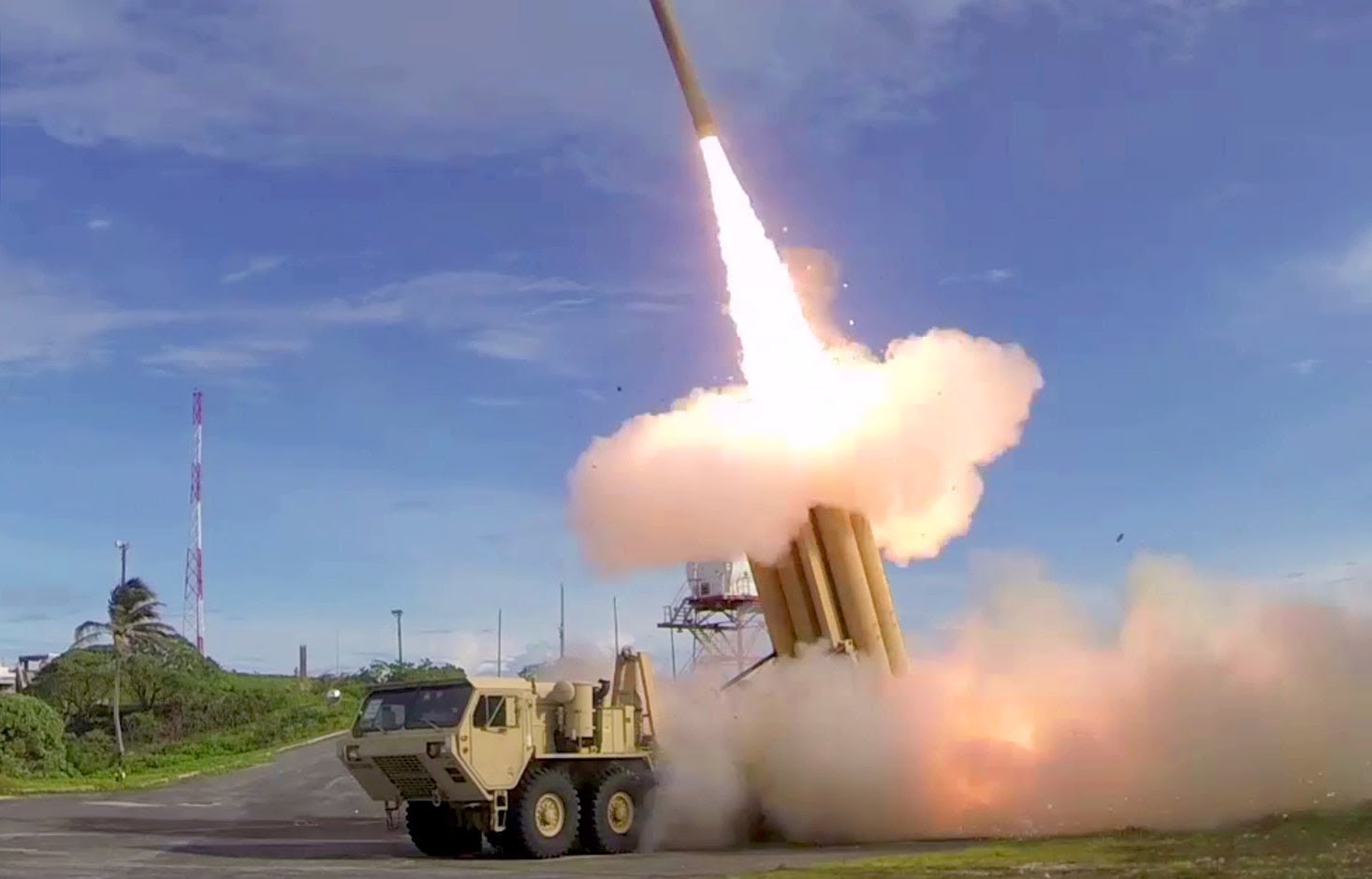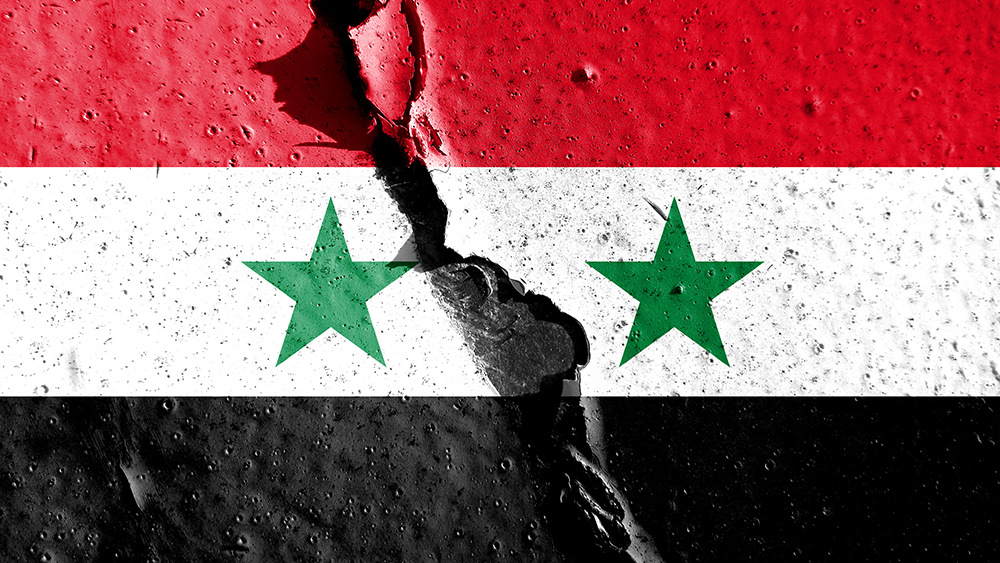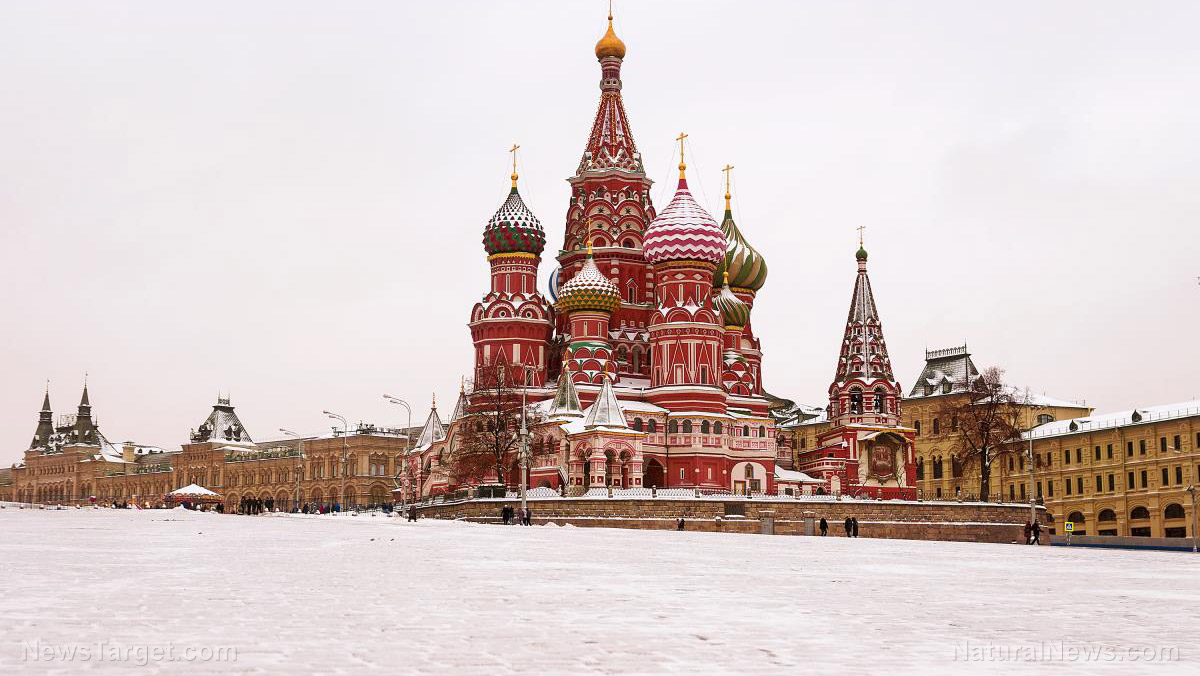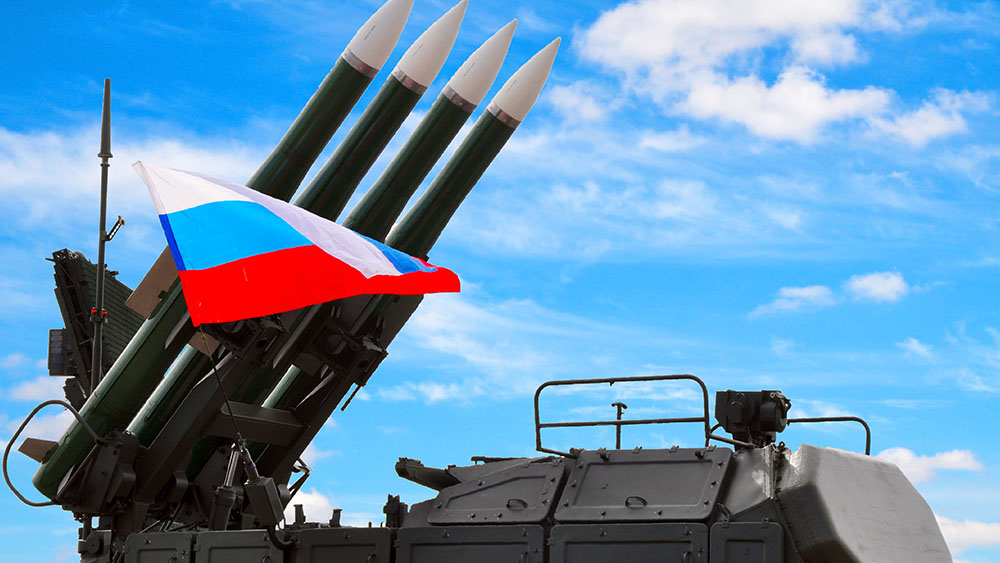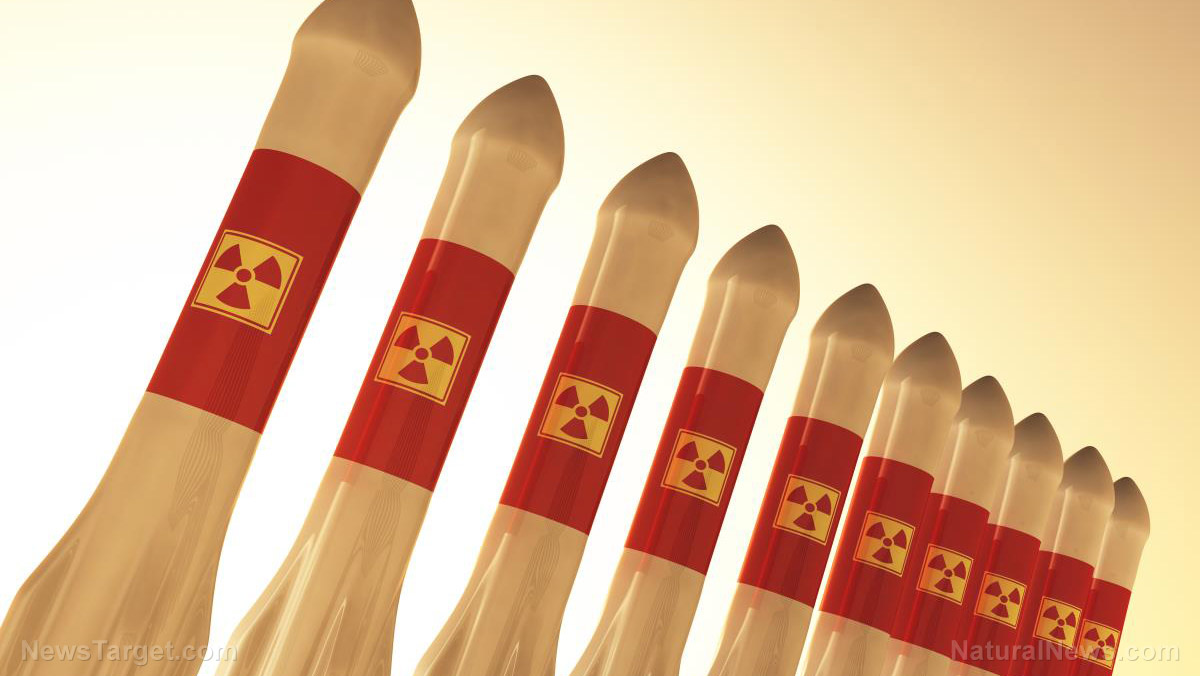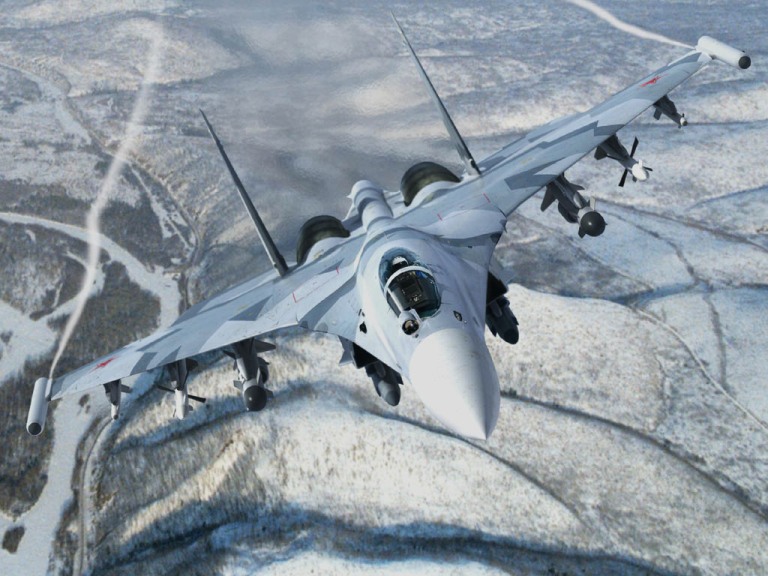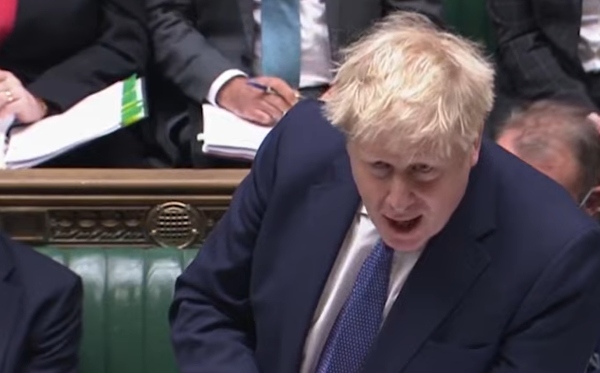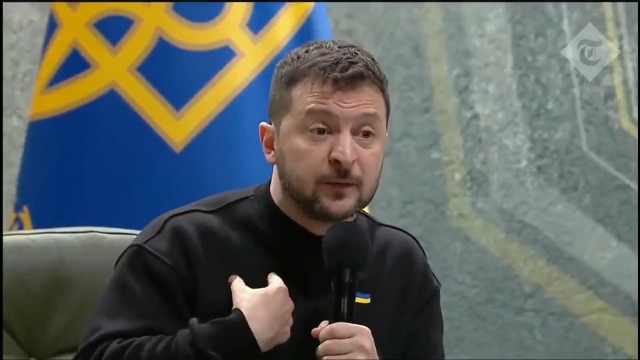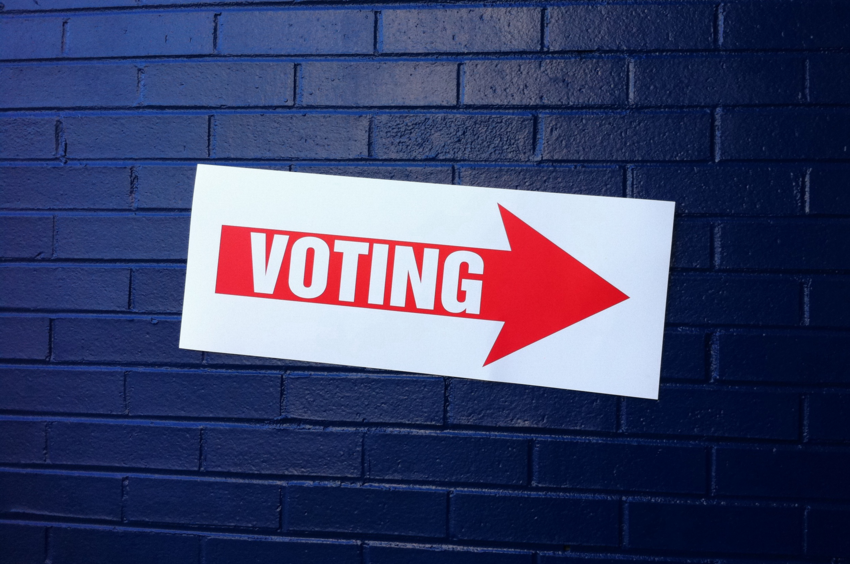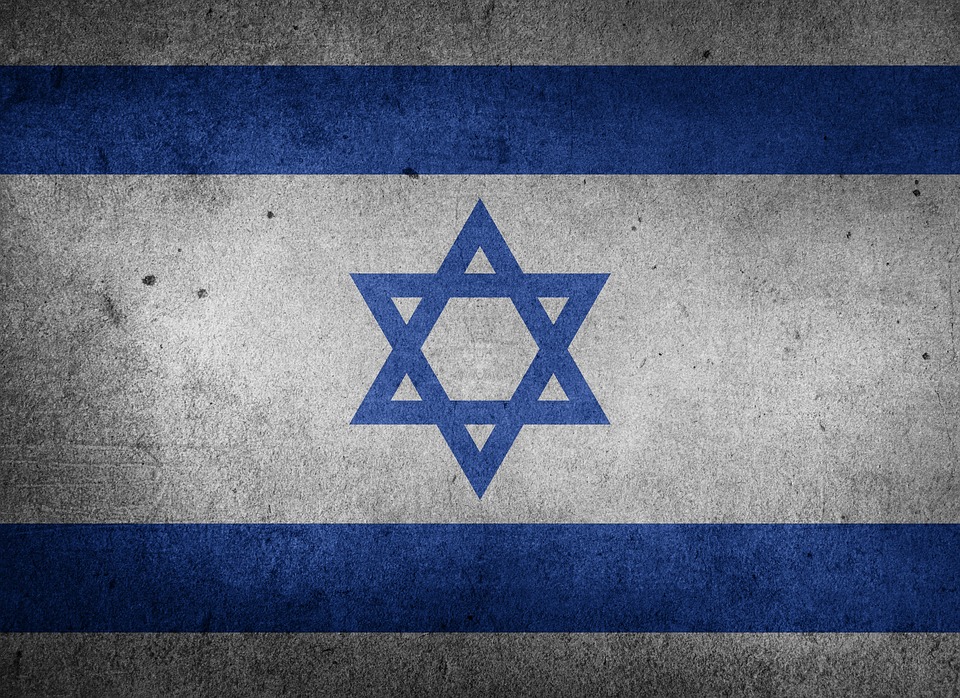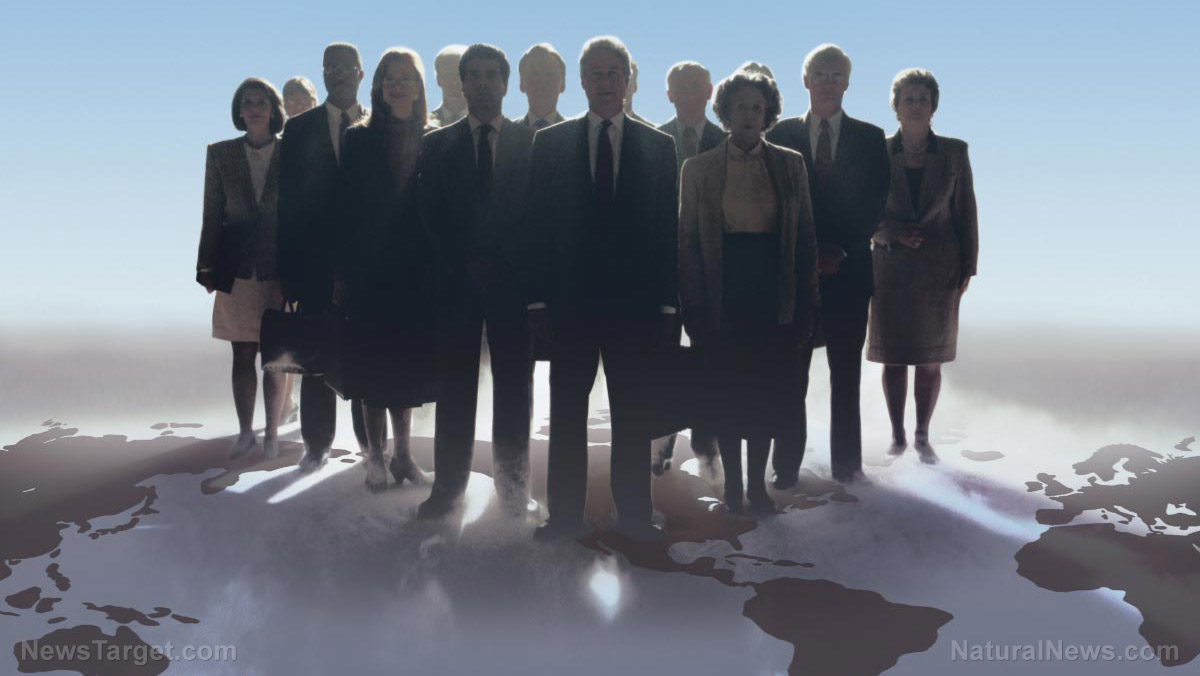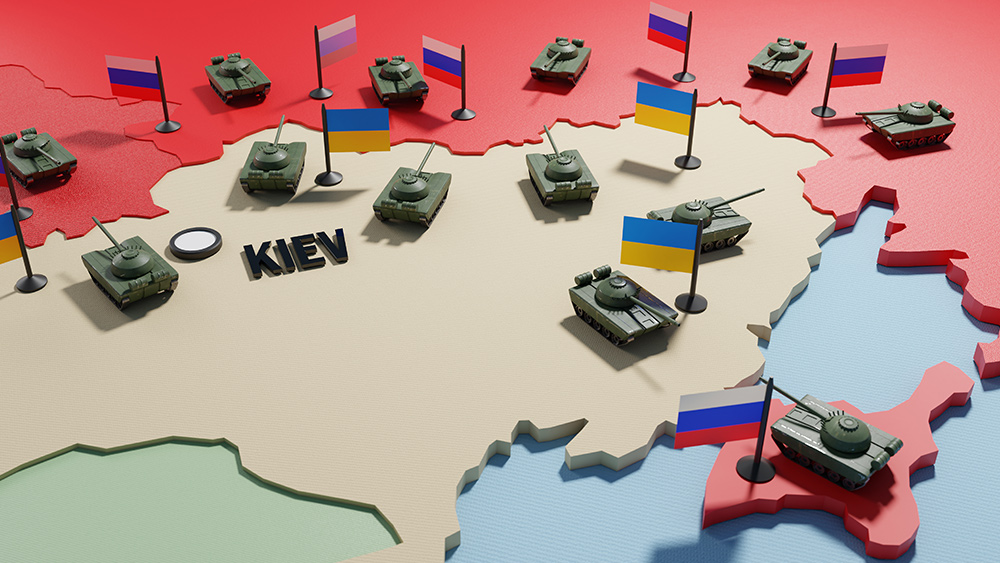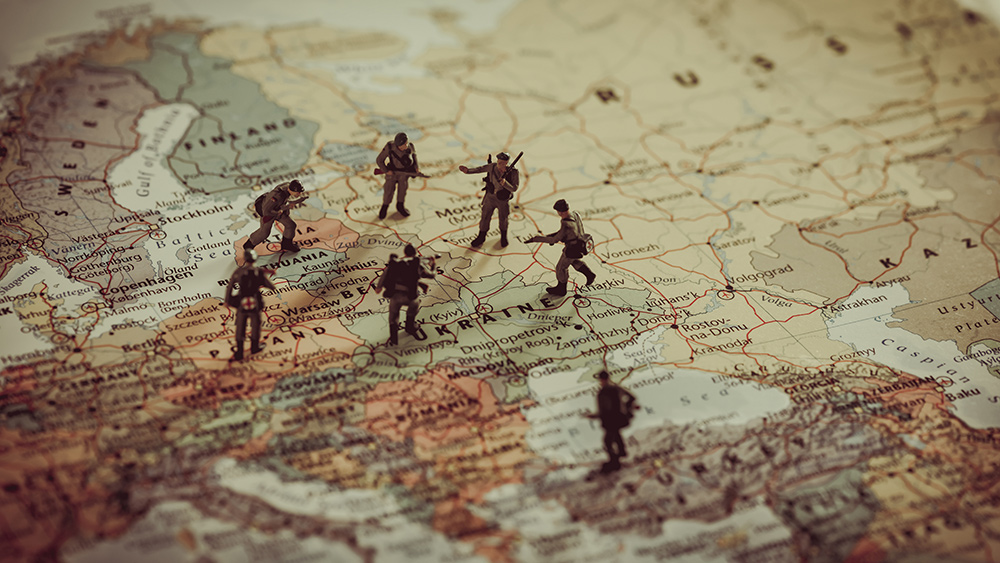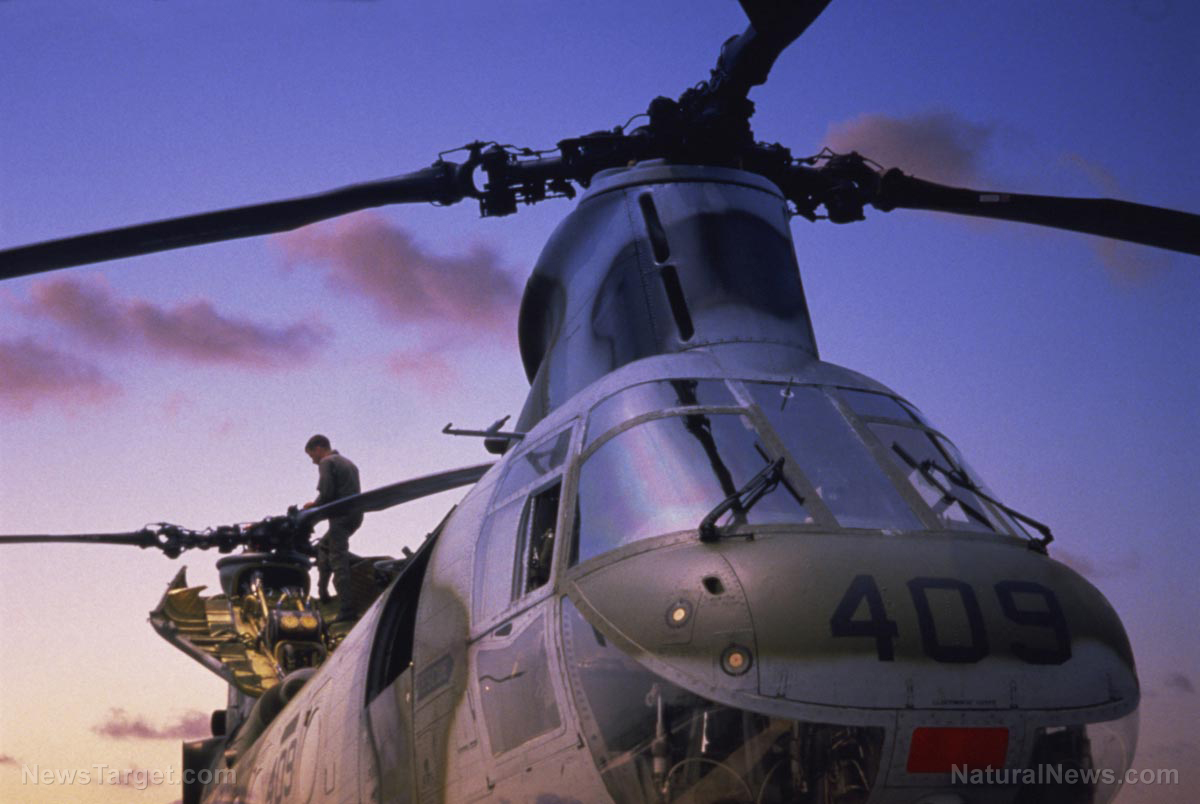Nuclear peril: Are some U.S. states safer than others?
12/12/2024 / By Cassie B.
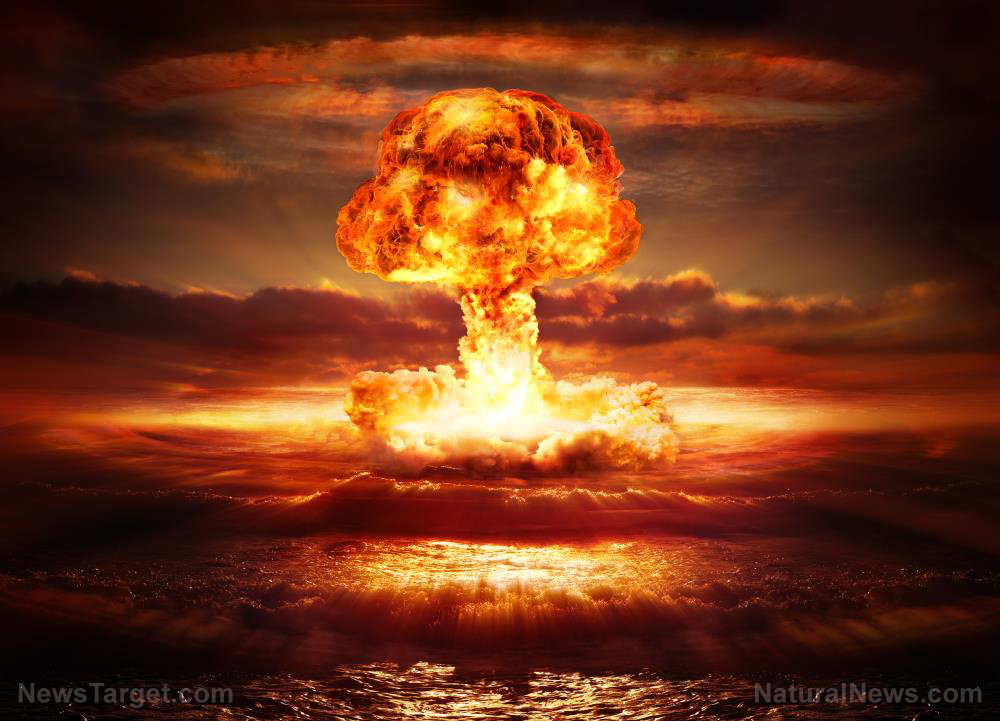
- The Midwest, due to its concentration of ICBM silos, is the primary target in a potential nuclear attack.
- A strike in the Midwest could leave 300 million Americans at risk of death within four days due to radiation poisoning.
- The University of Massachusetts Amherst research shows the West Coast, particularly California, Washington, and Oregon, would face minimal radiation exposure.
- Global consequences of a nuclear conflict could lead to a “nuclear winter,” potentially causing a billion global deaths.
- Densely populated Midwest states would face deadly radiation levels of up to 8 grays, while coastal states might experience safer levels under 0.001 grays.
As tensions between the United States and Russia reach new heights, the possibility of a nuclear attack looms larger than ever. President Joe Biden’s recent authorization for Ukraine to use American-made missiles in Russia, coupled with Putin’s subsequent nuclear threat, has rekindled fears of a catastrophic conflict. These developments have drawn renewed attention to a critical question: Just how vulnerable are different parts of the United States to the terrifying impact of a nuclear attack?
The fallout zones: Who’s in the line of fire?
The Midwest stands out as the primary target in a potential nuclear strike thanks to its concentration of intercontinental ballistic missile (ICBM) silos. These strategic installations in states like Montana, North Dakota, and Nebraska would be the immediate focus of any adversary aiming to cripple the U.S. nuclear arsenal. The devastation would be catastrophic, with an estimated 300 million Americans at risk of death within just four days due to radiation poisoning.
Researchers at the University of Massachusetts Amherst have used wind and weather patterns to project the spread of nuclear fallout across the United States. The scenario, which envisions two nuclear warheads of 100,000 tons of TNT each detonating in the Midwest, paints a dire picture for the heartland. States like Kansas, Iowa, South Dakota, Wyoming, and parts of Colorado would be hit hardest, with residents facing a certain death sentence from radiation exposure.
In stark contrast, the West Coast emerges as a relative safe haven. California, Washington, and Oregon stand to suffer the least from the fallout in such a scenario, with radiation exposure levels staying well below the permissible limit. This safety buffer provides valuable time for residents to seek shelter or evacuate before encountering dangerous levels of radiation.
The East Coast, although not completely shielded from the fallout, appears to be somewhat protected by its distance from the Midwest hotspots. States from Maine to Florida and extending inland to parts of Alabama, Tennessee, and Ohio would experience lower levels of radiation, giving their populations a few days’ reprieve before the contamination becomes life-threatening.
However, the grim reality of a nuclear winter looms over any sense of regional safety. Even in the relatively safer states, the global consequences of a nuclear war would be staggering. Christian Appy, director of the Ellsberg Initiative for Peace and Democracy at the University of Massachusetts Amherst, warns that a “small” nuclear conflict could lead to a nuclear winter, potentially causing the deaths of at least a billion people worldwide.
The toll of radiation
The catastrophic effects of a nuclear attack are not limited to the immediate blast zone. Exposure to ionizing radiation can trigger a range of deadly symptoms, from nausea and fatigue to severe skin damage, seizures, and potentially fatal levels of radiation sickness. The annual public limit for radiation exposure is 0.001 grays, while industrial workers are permitted up to 0.05 grays before facing health risks.
The map produced by the University of Massachusetts Amherst experts highlights the grim reality for those living in the Midwest. States like Nebraska, Kansas, Iowa, and Missouri would face an onslaught of 8 grays of radiation within four days—enough to render their populations nearly uninhabitable. On the other hand, coastal states like Florida, Washington, and New York might see radiation levels as low as 0.001 grays, providing a protective buffer for those in these areas.
No place is truly safe
Although the map reveals stark differences in the potential impact of a nuclear attack across the country, it’s crucial to remember that no place is truly safe. Even if a state appears to be in a relatively safer position, the far-reaching consequences of a nuclear conflict—such as the nuclear winter scenario—would affect the entire planet. The recent developments in Ukraine and the renewed nuclear threat underscore the urgency of addressing global security concerns before it’s too late.
Sources for this article include:
Submit a correction >>
Tagged Under:
chaos, genocide, ICBM sites, military tech, national security, nuclear fallout, nuclear war, nuclear weapons, Russia, weapons tech, WWIII
This article may contain statements that reflect the opinion of the author
RECENT NEWS & ARTICLES
COPYRIGHT © 2022 RussiaReport.news
All content posted on this site is protected under Free Speech. RussiaReport.news is not responsible for content written by contributing authors. The information on this site is provided for educational and entertainment purposes only. It is not intended as a substitute for professional advice of any kind. RussiaReport.news assumes no responsibility for the use or misuse of this material. All trademarks, registered trademarks and service marks mentioned on this site are the property of their respective owners.

